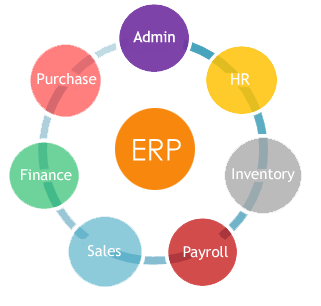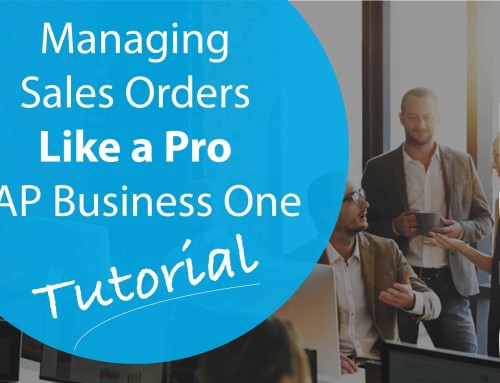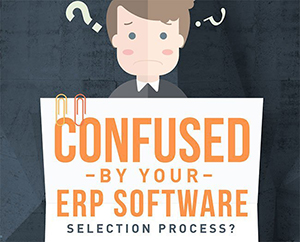In our previous post “How to Implement an ERP System Hassle Free – Growth or Graveyard” we have spoken about 3 key lessons we have learned from many years of assisting Australian businesses with their ERP selection journey.
Things like setting realistic expectations with an experienced partner, choosing tested ERP solutions and evaluating the ROI upfront are fundamental aspects of a successful ERP selection process.
In this article, we are going to explore how to define goals and earn “buy-in” from multiple departments for a successful ERP implementation. This is a fundamental step that any organisation looking to implement an ERP system should pay particular attention to in order to ensure a successful outcome.
“Implementing an ERP System Hassle Free – Defining your destination” is the second of a 5-part infographic on the following topics;
- Part 1 – Growth or Graveyard – ERP and CRM Systems Can Drive Growth or Failure
- Part 2 – Defining Your Destination Before Starting the Journey
- Part 3 – Selecting Your Software Partner / Vendor and Software Application. Keeping the Relationship in Heaven, not the other place.
- Part 4 – Assuring a Smooth Lift Off with Everyone on Board
- Part 5 – Action and Reaction Steps
Implementing an ERP System Hassle Free – Defining your destination
Key Takeaways
Setting up realistic objectives before Implementing an ERP System
What are some examples of realistic objectives for an ERP software Implementation? Examples include things like:
- Wholesale distribution – 98% on time, in full deliveries for customers;
- Mobility applications for sales teams to allow better customer service when working remotely;
- Integration of existing website and other platforms to ERP solution for automatic picking.
Defining your existing business process
Using an organisation chart, workflow diagram or a processing chart, document all major operating functions and data inputs / outputs for each step.
IMPORTANT: Ask each department to clearly define their steps.
The success of creating the original business process documentation or charts and the ability to optimise processes depends on bringing together all the company departments.
Redefine and optimise for the most efficient business processes within the ERP implementation
The easy temptation is to adapt the new solution to the old problems. This has been the downfall of many ERP implementations.
To avoid this trap, first re-engineer the operations for maximum efficiency and quality – what business objectives do you want to achieve without the limitations of the old ERP system?
Determine key bridges to success
Make sure you understand key elements required for a successful project. Avoid mistakes such as:
- Lack of buy-in from employees or whole departments;
- Inadequate resources allocated;
- Unrealistic expectations for ROI or overall benefits;
- Poor communication to consultants;
- Lack of timely and correct project management.
The list could go on and on! Without solid management backing, and all cards on the table from every department, a company-wide solution will have obstacles coming from all directions.
As long as all departments perceive benefits from the new system and not threats, the change process will be easier to achieve.
What are the benefits of implementing an ERP System for each department?
Benefits include:
- Reduced paperwork;
- Reduced processing errors from manual data entry;
- Simpler report development;
- Real time information across all departments;
- Purchasing, accounting, manufacturing and engineering can review current and forecast workload;
- Transparency across all departments;
- Sales to accounting transparency;
- Executives can track quoted, closed, in-process and shipped orders without any delays;
- Data re-entry and duplicated tasks are reduced.
Conclusion
In this article, we reviewed how to define goals and earn “buy-in” from multiple departments for a successful ERP implementation.
In our next blog post ” Part 3 – Selecting Your Software Partner / Vendor and Software Application” we will explore the key elements that you can’t afford to ignore when selecting an ERP Software for your business.
Are you struggling with earning the buy-in from departments or key employees within your organisation?
Leave a comment below to let us know what the main objections are!









![How to Allocate User Licenses in SAP Business One 9.2 [DEMO VIDEO]](https://www.leveragebusinessone.com.au/wp-content/uploads/2017/09/Allocating-user-licenses-in-SAP-Business-One-9.2-scaled-500x383.jpg)


Well presented blog
Really informative blog